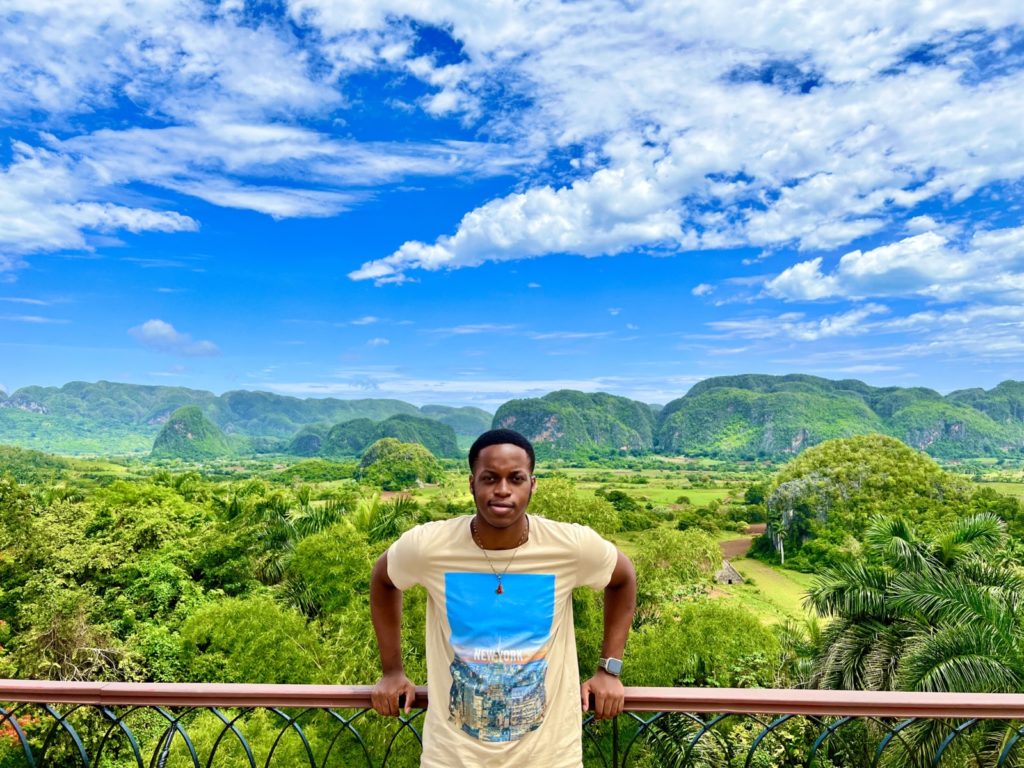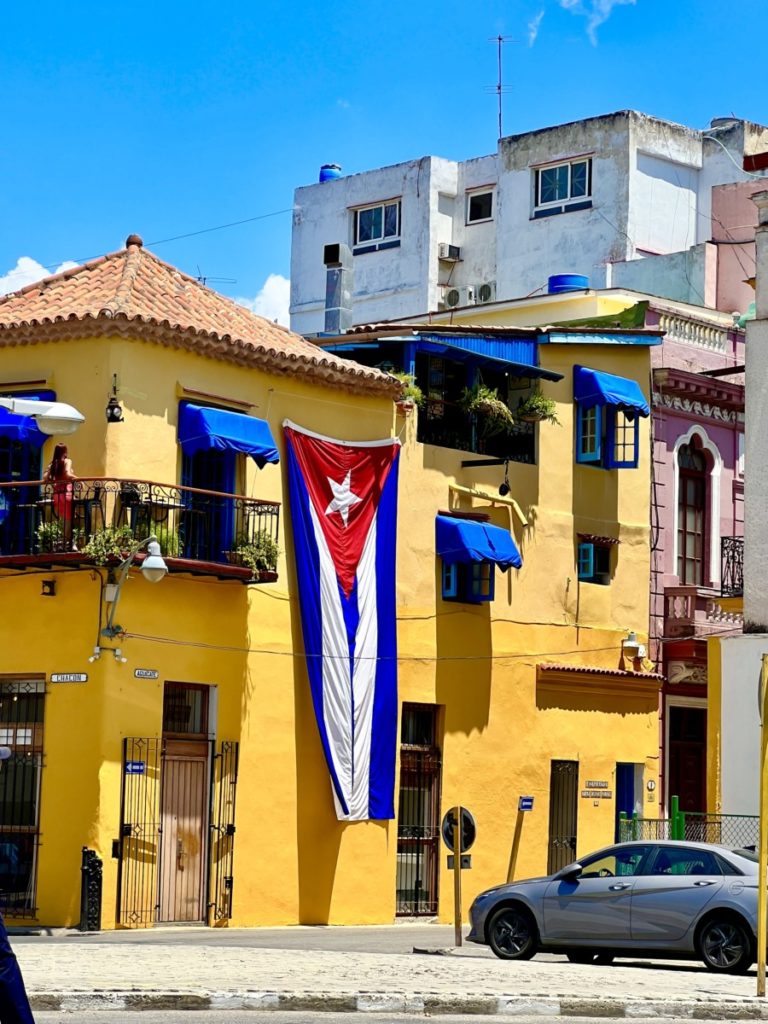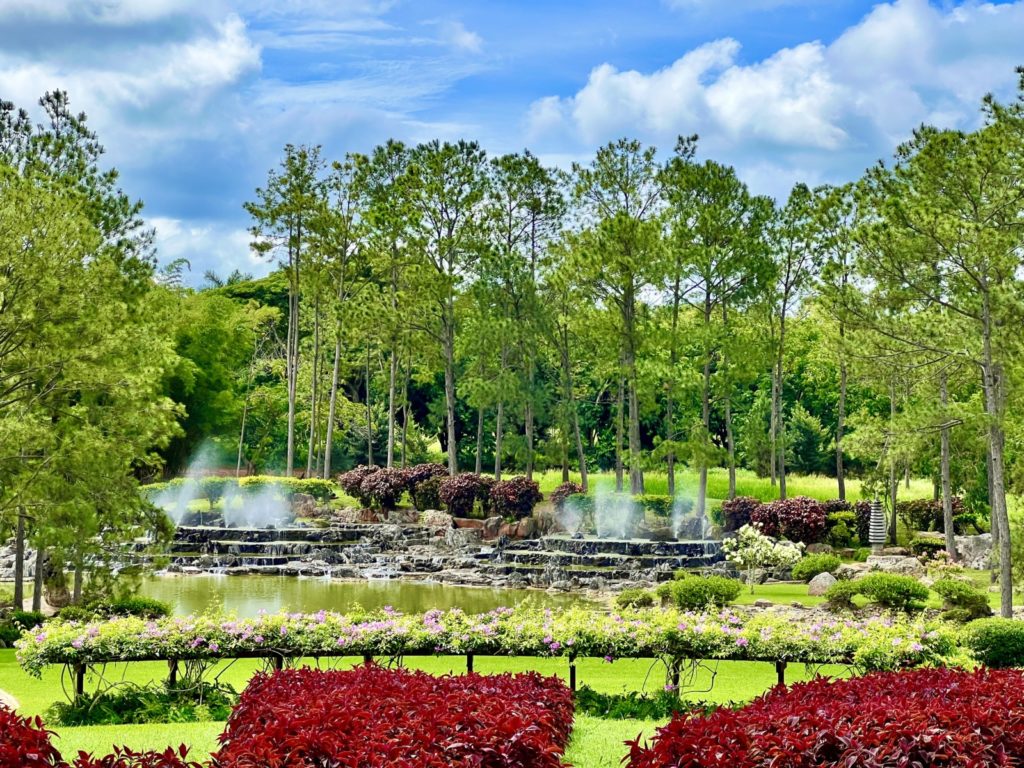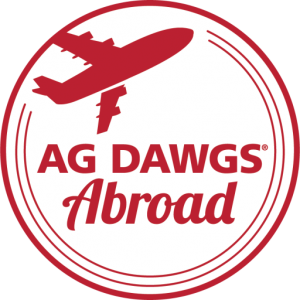To understand Cuba, you need to get a better feel of its demographic and general geography. Cuba is a long and narrow island located at the intersection of the Gulf of Mexico, the Atlantic Ocean, and the Caribbean Sea. Spanning about 43,000 square miles, the island contains vast areas of farmland, mountainous and another highland terrain, and an extremely rich and diverse history. Cuba has a tropical dry forest landscape which experiences a rainy and dry season, with about 75% of the island being mostly flat and 49% of the island as farmland, making it great for different forms of agriculture. This land area was highly exploited after the arrival of Columbus with fruits like coconut, banana, and mango coming up after him in the 1400s. The island’s natural environment has benefited from the vast reduction of synthetic pesticides and fertilizers over the years, and their design of a distribution system that reduces fuel consumption and allows locally produced food to be consumed locally has inadvertently helped to reduce carbon emissions and improve air quality. My experience in Cuba was wonderful! Aside from learning about the history and economics of Cuba, I got a chance to experience the country as one of the people. We got a chance to see many beautiful places such as the National Museum of Fine Arts, the Viñales Valley, the State Botanical Garden, fashion shows and a whole lot more. Not only did I learn a little bit of Spanish from this trip, but I believe this experience has opened my mind to many different aspects of life and how international relations affect countries in the long run. There is a lot you can learn in school but there is a lot more you can learn when actually living in the situation. I am truly grateful to the University of Georgia, College of Agricultural & Environmental Sciences, and the Office of Global Engagement for helping make this trip possible. I would 100% recommend study abroad programs to other students.



